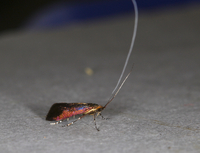
| Recorded by: Jim Petranka, Mark Basinger and Becky Elkin on 2025-05-18
Buncombe Co.
Comment: | 
| Recorded by: R. Newman on 2025-04-20
Carteret Co.
Comment: |
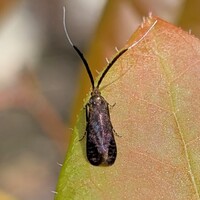
| Recorded by: Jeff Niznik on 2025-04-14
Orange Co.
Comment: | 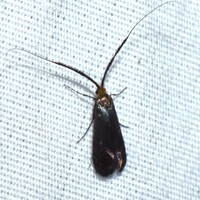
| Recorded by: David George, Jeff Niznik, Rich Teper on 2024-04-17
New Hanover Co.
Comment: |

| Recorded by: K. Bischof on 2023-05-23
Transylvania Co.
Comment: | 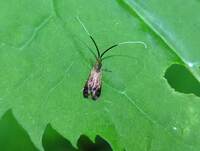
| Recorded by: Michael Wall on 2023-05-21
Jackson Co.
Comment: |

| Recorded by: Jim Petranka on 2023-05-11
Madison Co.
Comment: | 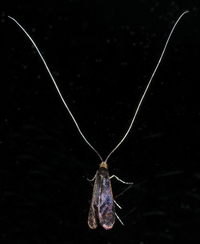
| Recorded by: John Petranka on 2023-04-30
Orange Co.
Comment: |
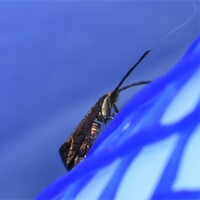
| Recorded by: David George, Jeff Niznik on 2023-04-29
Orange Co.
Comment: | 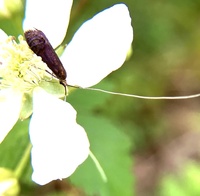
| Recorded by: Ken Kneidel on 2023-04-12
Mecklenburg Co.
Comment: |
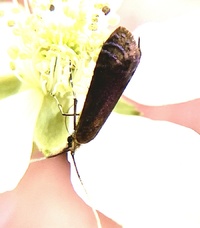
| Recorded by: Ken Kneidel on 2023-04-12
Mecklenburg Co.
Comment: | 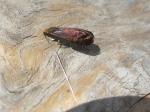
| Recorded by: R. Newman on 2023-04-06
Carteret Co.
Comment: |
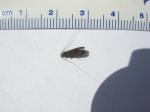
| Recorded by: R. Newman on 2023-04-06
Carteret Co.
Comment: | 
| Recorded by: tom ward on 2022-05-23
Buncombe Co.
Comment: |

| Recorded by: tom ward on 2022-05-23
Buncombe Co.
Comment: | 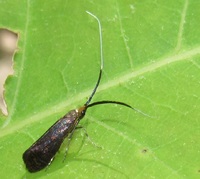
| Recorded by: Brian Bockhahn on 2022-05-09
McDowell Co.
Comment: |

| Recorded by: Brian Bockhahn on 2022-05-09
McDowell Co.
Comment: | 
| Recorded by: Jeff Niznik on 2022-04-25
Wake Co.
Comment: |
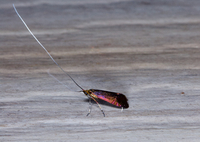
| Recorded by: Jim Petranka on 2021-05-15
Madison Co.
Comment: | 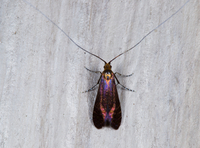
| Recorded by: Jim Petranka on 2021-05-15
Madison Co.
Comment: |
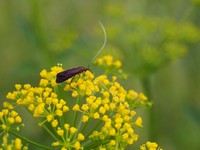
| Recorded by: Nancy Lee Adamson on 2020-04-19
Chatham Co.
Comment: | 
| Recorded by: Nancy Lee Adamson on 2020-04-19
Chatham Co.
Comment: |

| Recorded by: Nancy Lee Adamson on 2020-04-19
Chatham Co.
Comment: | 
| Recorded by: Jim Petranka and Becky Elkin on 2018-05-18
Madison Co.
Comment: |

| Recorded by: T. DeSantis on 2016-05-16
Orange Co.
Comment: Female | 
| Recorded by: B. Bockhahn, K. Kittelberger, P. Scharf on 2015-06-17
Caldwell Co.
Comment: |
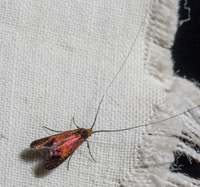
| Recorded by: Steve Hall and Ed Corey on 2015-05-16
Alleghany Co.
Comment: Male | 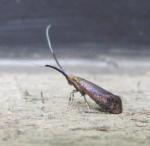
| Recorded by: T. Nergart, ID confirmed by T. Desantis. on 2015-05-15
Transylvania Co.
Comment: |
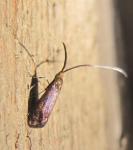
| Recorded by: T. Nergart, ID confirmed by T. Desantis. on 2015-05-15
Transylvania Co.
Comment: | 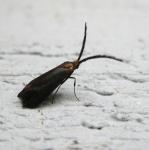
| Recorded by: T. DeSantis on 2010-05-13
Camden Co.
Comment: |
|

 »
»


 »
»
